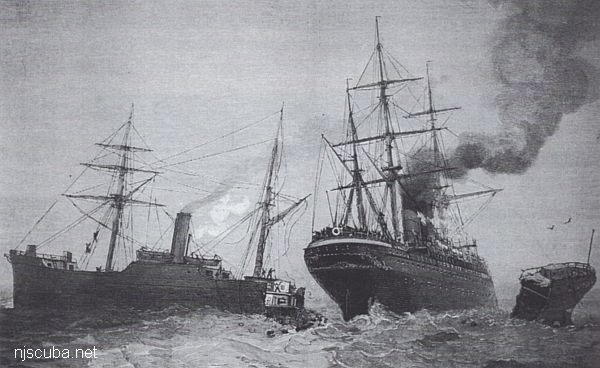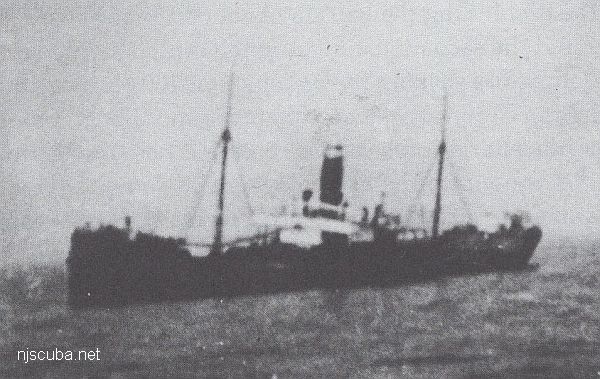Dive Sites (19/45)
More: Dive Sites ...
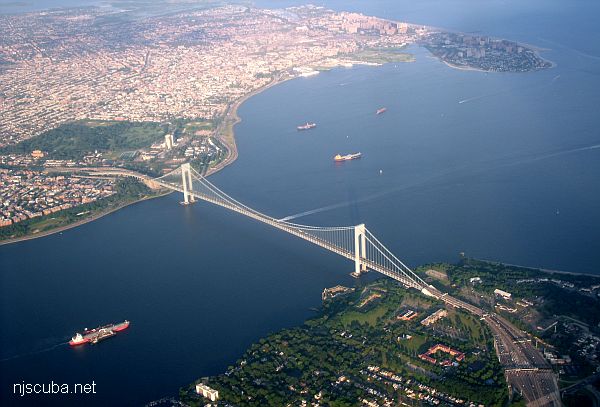
Looking roughly south: Sandy Hook is barely visible at upper-right, Rockaway inlet at the upper-left, Brooklyn at lower-left, Staten Island at lower-right. The shipping channel is also plainly obvious.
More: Hudson/East Rivers ...
Depth: 47 to 53 feet
1.16 nautical miles northeast of Lloyd Point
More: Huntington Artificial Reef ...
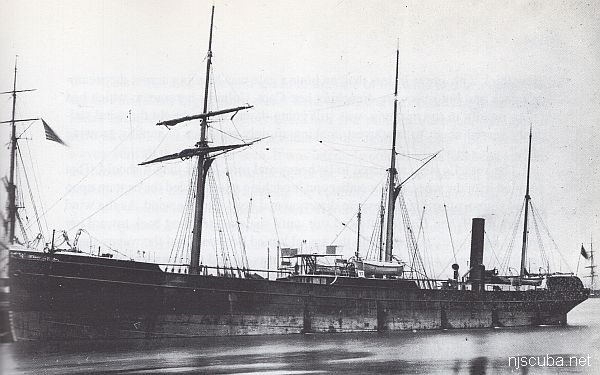
- Type:
- shipwreck, steamer, England
- Built:
- 1871, England
- Specs:
- ( 251 x 32 ft ) 1258 gross tons, 22 crew
- Sunk:
- Monday January 11, 1886
overloaded and foundered in storm - no casualties - Depth:
- 95 ft
More: Hylton Castle ...
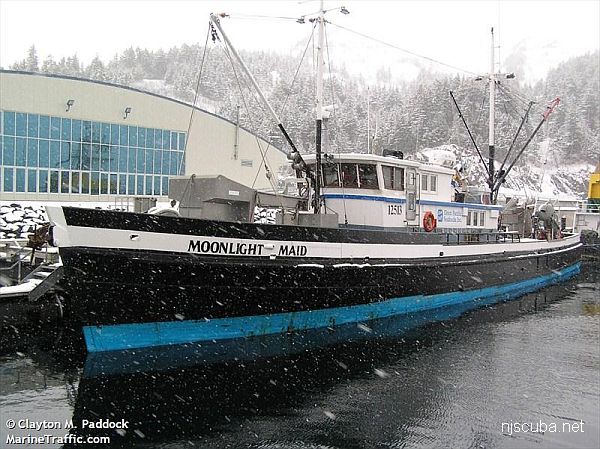
- Type:
- submarine chaser, later trawler, scallop boat, USA
- Built:
- 1943, Elizabeth City Shipyard, Elizabeth City NC USA
- Specs:
- ( 112 x 18 ft ) 99 gross tons
- Sunk:
- ???
- Depth:
- 90 ft
More: Ida K SC-1282 ...
- Type:
- shipwreck, barge
- Depth:
- 95 ft
This wreck seems to be one or more wooden barges, possibly garbage barges from the 1920s. There is an anchor in one spot near a machinery pile, and in other spots, the old walls rise perhaps 10 ft off the bottom. But otherwise, everything is pretty broken down. This forms many hiding holes for lobster and rock crabs, and there is one in almost every hole, and some quite large. The Sea Bass are also good-sized. Yellowish natural sponges and bottles are easy to find.
More: Immaculata ...
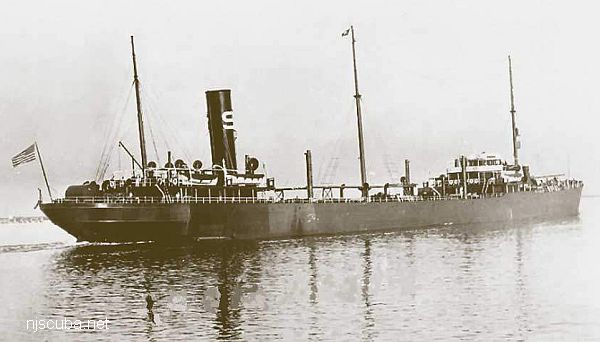
- Type:
- shipwreck, tanker, USA
- Built:
- 1921, Bethlehem Quincy, Quincy MA USA
- Specs:
- ( 468 x 62 ft ) 8327 gross tons, 38 crew
- Sunk:
- Wednesday February 4, 1942
torpedoed by U-103 - 12 survivors - Depth:
- 190 ft
More: India Arrow ...
- Type:
- schooner barge & tugboat ?
- Depth:
- 85 ft
This is a fascinating big wreck of a wooden schooner barge. The broken stern is upended, forming a hollow pyramid that is full of fish. The sides and keel extend north from there to the bow, from which extends a chain which reaches to another much smaller wreck, which is known as the "Inshore Tug."
More: Inshore Barge/Tug ...


